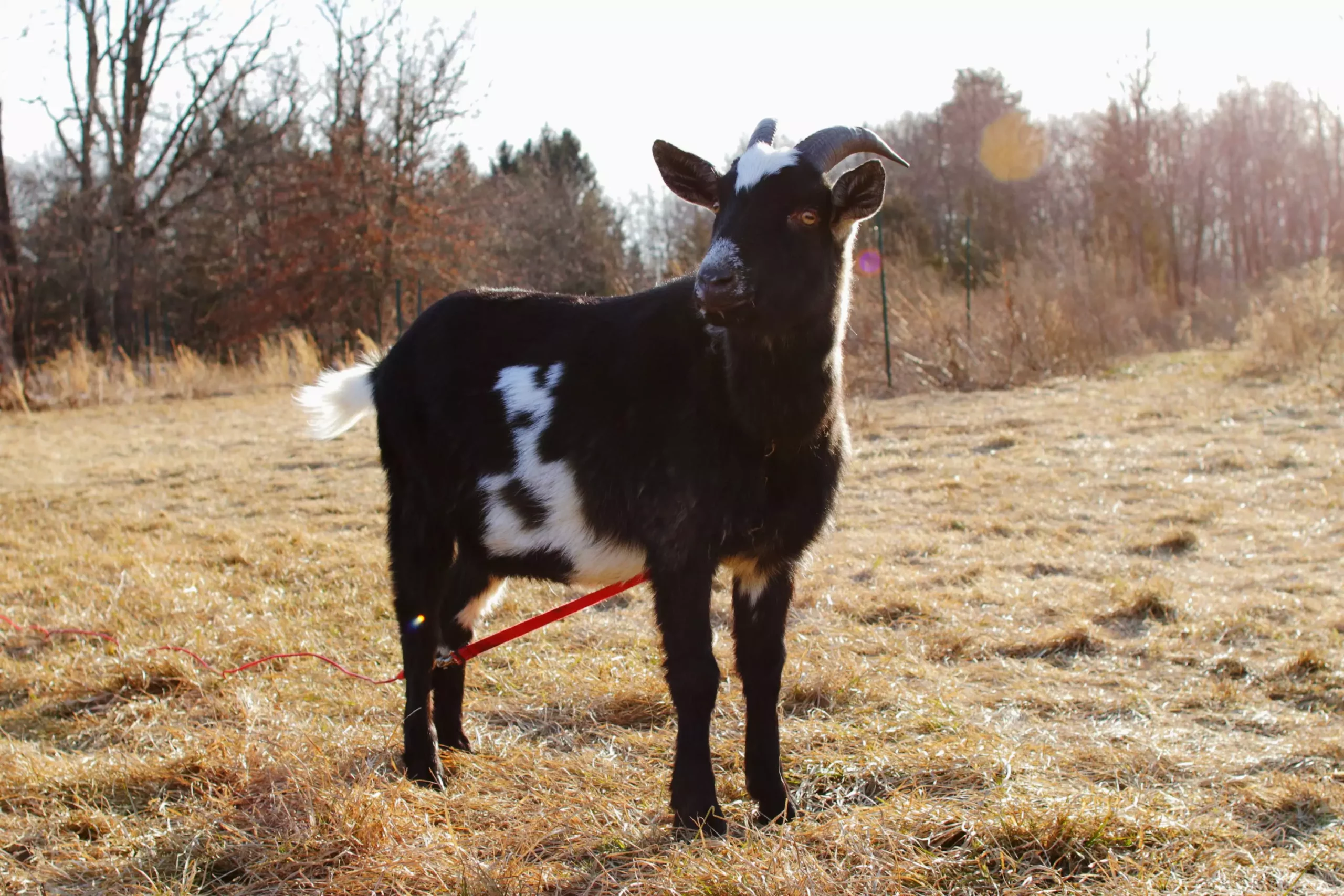Goats are often painted with a narrow brush, seen only in pastoral settings, raised for their milk, meat, or foraging abilities. However, their potential as delightful companions and pets is increasingly gaining recognition. Their charming personalities, unique breeds, and specific care requirements make them a compelling choice for those looking to introduce non-traditional pets into their lives. This article delves into the intricacies of goat ownership, emphasizing their characteristics, needs, and the commitment that comes with having these incredible animals as part of your family.
Historically, goats have been on the domestic landscape for thousands of years, serving various roles in cultural and agricultural contexts. Beyond their traditional agricultural significance, goats showcase an undeniable warmth and curiosity, making them engaging companions. With over 300 breeds globally, the smaller varieties, such as pygmy and Nigerian dwarf goats, have become beloved choices for household pets, admired for their playful demeanor and compact size. They naturally form bonds with humans and each other, often displaying affectionate behaviors like nuzzling or following their owners around.
However, their origin as herd animals underscores the importance of social interaction; goats thrive in pairs or groups. Not only do they enjoy the company of their fellow goats, but their mental and physical well-being often hinges on socialization. Thus, anyone considering goat ownership should prepare to welcome more than one into their living environment.
Unlike traditional house pets, goats require a significant amount of space—ideally a well-fenced yard or pasture where they can roam freely. The demanding aspects of goat care often lead to questions about suitable housing arrangements. Depending on their size and breed, a goat can require as much as 135 square feet of space. Larger breeds like Nubians may need even more. Potential owners should thoroughly research local zoning laws and neighborly attitudes, as many municipalities have regulations governing livestock ownership.
Goat enclosures should cater to their agile nature; sturdy fencing at least 4 to 5 feet in height is essential, as goats are natural jumpers and climbers. Moreover, their living quarters should provide ample sun and shade, shielding them from extreme weather conditions such as rain or harsh sunlight. A draft-free shelter stocked with comfortable bedding ensures that goats stay both safe and relaxed, particularly at night.
While many assume that goats are simple eaters, they have quite sophisticated dietary requirements. Their traditional diet mainly consists of grasses, weeds, and shrubs, yet this is usually not enough in a standard backyard. It’s essential to supplement their diet with hay, grains, and various greens to meet their nutritional needs effectively. While occasionally free-ranging can be suitable, goats tend to be picky eaters and prefer fresh food over anything that has been soiled or fallen to the ground.
Potential goat owners should also be cautious about toxic plants that might dwell in their gardens—roses, mountain laurels, and azaleas pose significant threats. Regular access to clean, fresh drinking water is crucial for maintaining their health, alongside vitamins and minerals—particularly copper—often administered through additives like salt licks.
Consulting veterinarians familiar with farm animals is invaluable for navigating dietary specifics and addressing issues pertinent to goat health.
Considering the variety of health issues that could affect goats—from parasitic infections to chronic diseases—routine veterinary care is critical. Common ailments include caprine arthritis encephalitis (CAE) and coccidiosis, which can drastically affect a goat’s well-being. Regular vaccinations and check-ups are not merely optional—they are fundamental to maintaining a healthy herd. Potential goat owners must commit to this aspect of care, ensuring that they are well-informed on applicable health regulations and testing practices.
Another fundamental health aspect involves hoof trimming, an often-overlooked necessity. If goats do not roam over rugged terrain, their hooves may grow excessively long, leading to pain or infection. Trimming every six to eight weeks is crucial to keeping them comfortable.
Commitment and Considerations for Goat Ownership
Before welcoming goats into your home, serious contemplation is necessary, focusing on the commitment they require. Goats are not simply low-maintenance pets; they need significant investment in time, resources, and emotional energy. Whether it’s the daily feeding rituals, socialization needs, or veterinary care, prospective owners should be prepared for the long-term responsibility of caring for these lively companions.
Additionally, the dynamics between animal and owner can provide immense joy and satisfaction but require an understanding of goat behaviors and needs. If you anticipate creating a loving, interactive environment, goats can provide companionship that is rewarding and fun. Each goat brings its unique personality into the mix, creating endless opportunities for affection and play.
Becoming a goat owner is a rewarding journey marked by the blend of responsibility, joy, and companionship. With proper care, goats can offer their owners rich experiences that transcend the anticipated challenges, enveloping them in a vibrant, animated world of these delightful animals.

